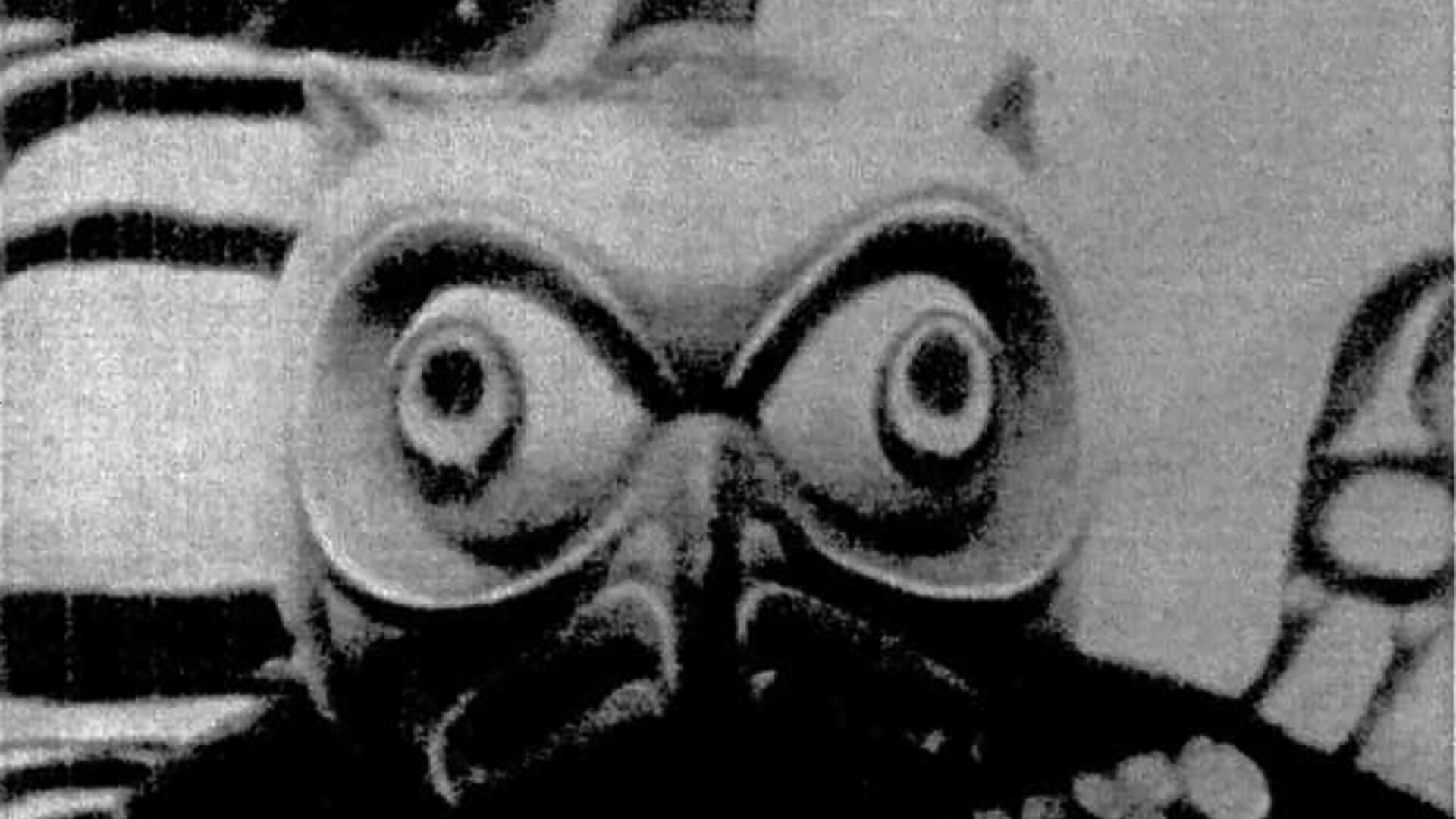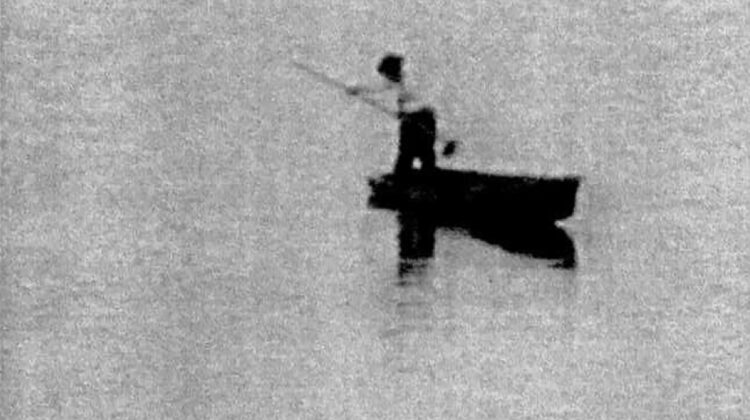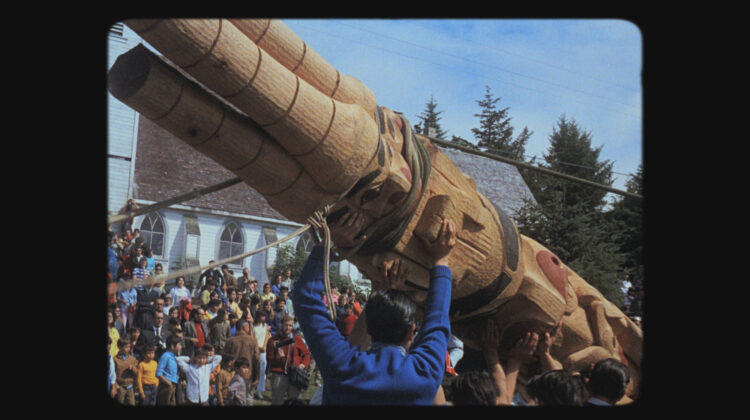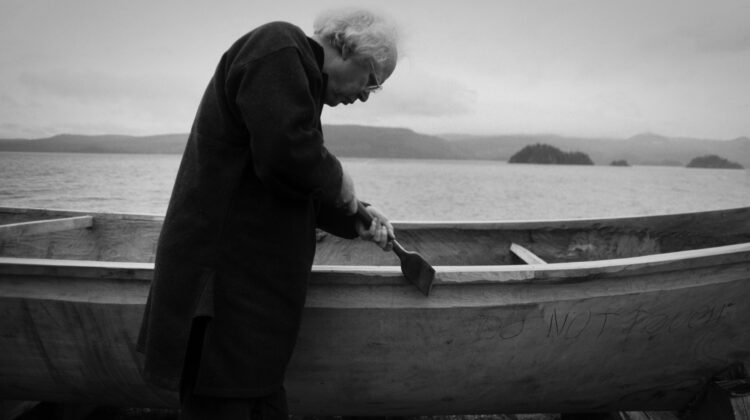The Image Before Us: A History of Film in British Columbia – The Finale
- Potlatch: A Strict Law Bids Us Dance
- Canada1975
- Dennis Wheeler
- 54 Digibeta
- NR
- BC Film History
Screening Dates
- August 2, 2023 6:30
“If anything deserves to be called a British Columbia classic, it is this film.”
Harry Killas
Directed by the late Vancouver filmmaker Dennis Wheeler, a distinct and promising artistic voice of the early 1970s, and created in collaboration with the Kwakwaka’wakw First Nations of Alert Bay, BC, this acclaimed documentary focuses on the Northwest Coast practice of the potlatch, a traditional ceremony in which surplus wealth is given away. The film documents two potlatches. One, given by Chief Dan Cranmer in 1921, during a period when the ceremony had been banned by the Canadian government, resulted in the prosecution of 45 people. The other, in 1974, was given by Dan Cranmer’s family, including his daughter Gloria Cranmer Webster, who narrates. The film was restored in 2007 by the Audio Visual Heritage Association of BC, with support from the U’mista Cultural Society of Alert Bay. Wheeler passed away from leukemia in 1977.
preceded by
Now Is the Time
Canada 2019
Christopher Auchter
16 min. DCP
When internationally renowned Haida carver Robert Davidson was only 22 years old, he carved the first new totem pole on Haida Gwaii in almost a century. On the 50th anniversary of the pole’s raising, Haida filmmaker Christopher Auchter steps easily through history to revisit that day in August 1969, when the entire village of Old Massett gathered to celebrate the event that would signal the rebirth of the Haida spirit. —NFB
+
Bill Reid Remembers
Canada 2022
Alanis Obomsawin
24 min. DCP
A beautiful tribute from Alanis Obomsawin to her friend’s remarkable life and rich legacy. Despite spending his early life away from his nation’s culture, renowned Haida artist Bill Reid always kept Haida Gwaii close to his heart. While working for CBC Radio, he started learning how to make jewelry, then later sculpture, using Haida techniques and images. Reid’s powerful narration—interspersed with Obomsawin’s own—recounts his complex childhood, his emergence as an accomplished artist, and his profound connection to his homeland. —NFB



